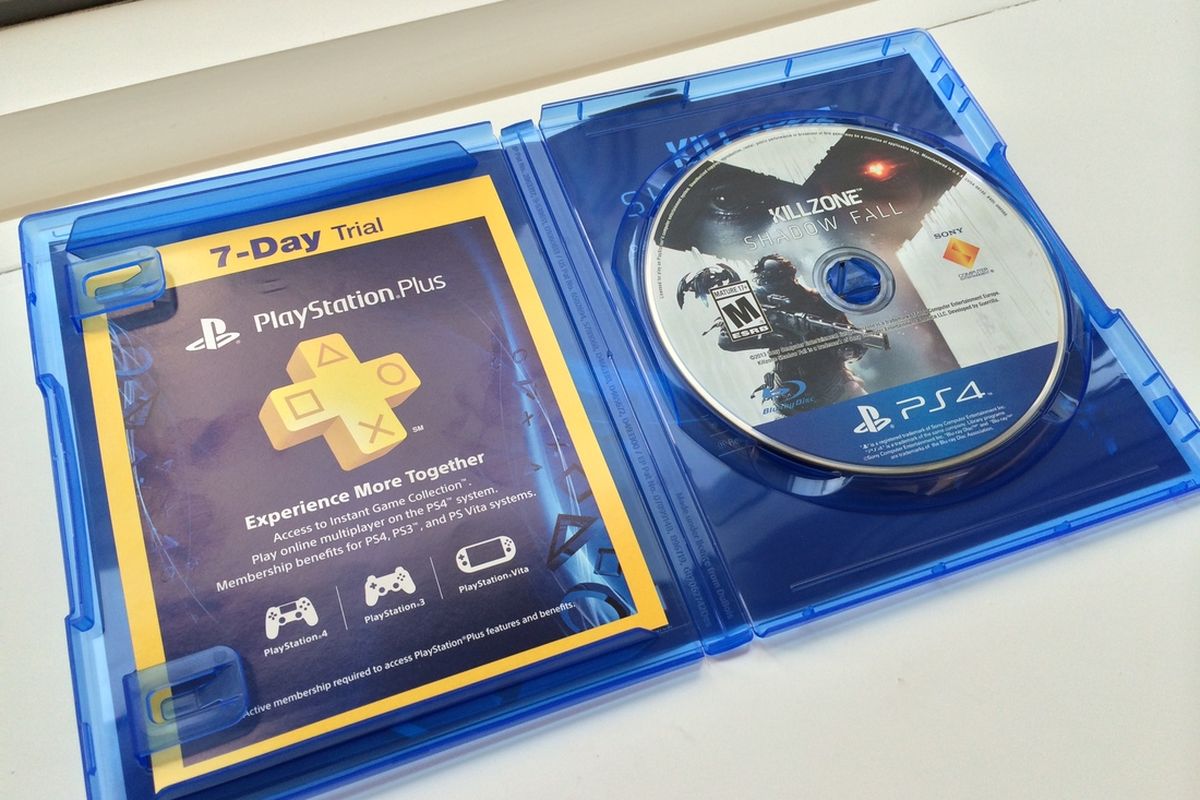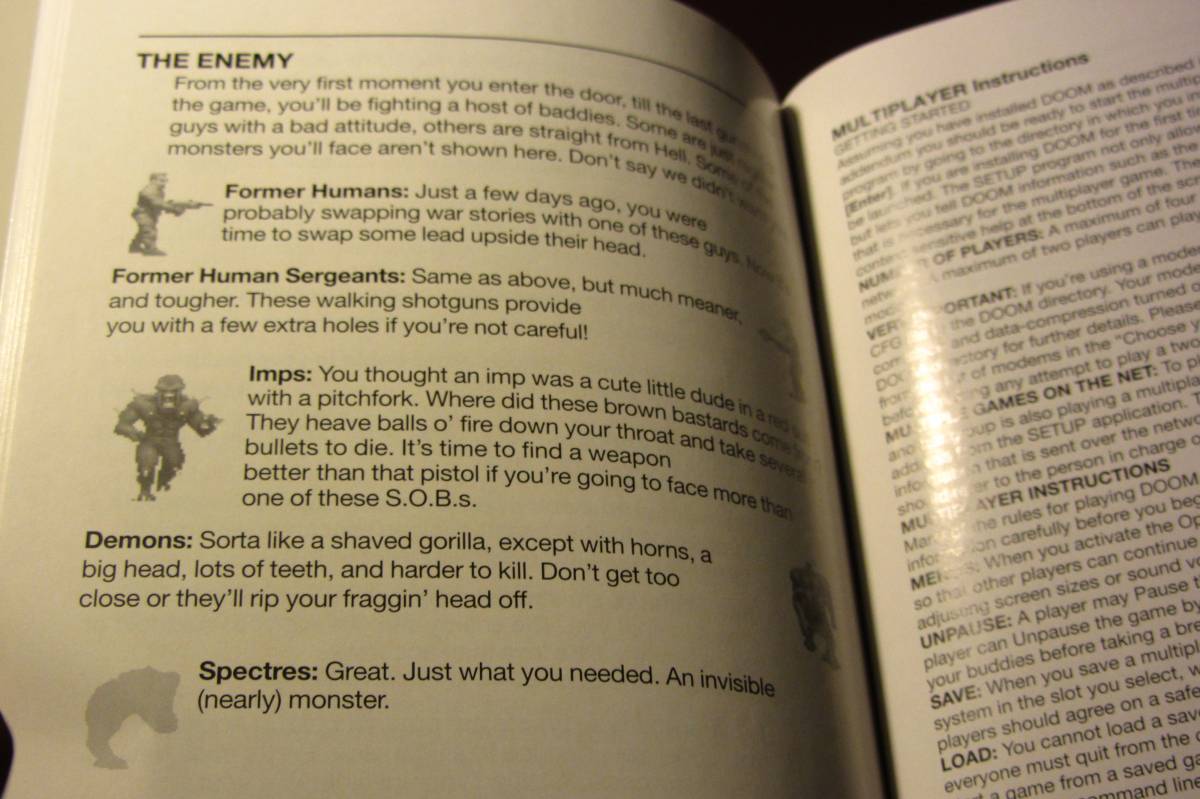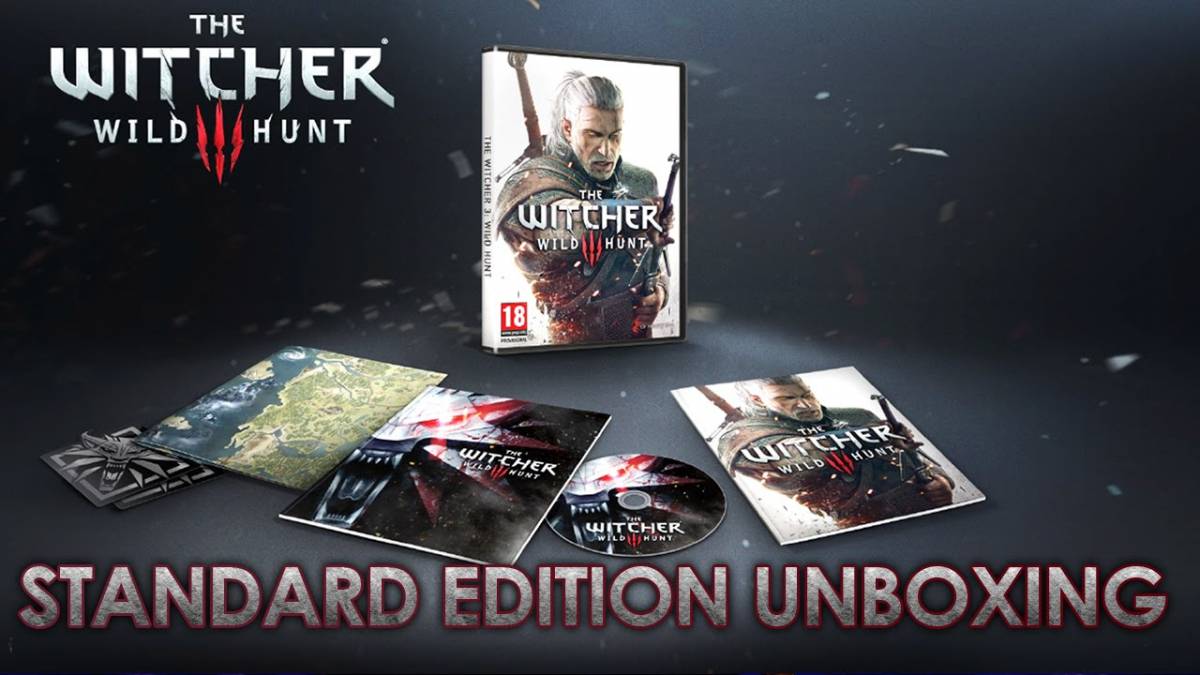Nostalgia runs rampant amongst videogame communities, more so than any other creative medium I can think of. This is because unlike film, music and the novel, it’s a form that is in relevant infancy. It has a community whereby most its members remember the industry’s boom and recession in the early eighties, and subsequent resurgence in the late eighties and onwards. You can’t say that about any other medium listed above. They’ve been around too long to hear about their formative years from anyone who lived during that period. In that sense, we just don’t dwell nostalgically for them as we do for videogames.
Often, we look back on the things about videogames we miss from our childhoods. Free demo-discs, cheat-code books, properly bulky Nintendo and Sega cartridges and now-retro consoles. Even videogame packaging has changed with the times.

There is something quite cold and sterile about video game packaging today. Sure, the artwork is occasionally nice and cases are becoming smaller, sleeker – easier to store on the shelfs. But there is just something a bit off about them. They are merely methods of storing the disc or cartridge, which sounds an odd thing to criticise, given that is their primary function, though it seems justified.
I think most would agree that the removal of the instruction booklet is one thing that is missed most. After all, why would you need a booklet to tell you about the controls when they are readily accessible from the pause menu? It makes sense, as technology has moved forward and everything is now slowly being entirely digitised, to remove something as archaic as the hardcopy instruction manual.

Though there was something special about the instruction manual done right. When developers used the format not just deliver dry information about the game’s mechanics, copyright notice and health and safety warnings, but to build upon the lore of the game and use it to build up the title. There was a time when video game manuals were thematically representative of the game they supported. I remember when I was a kid, flipping through the instruction booklet for the first DOOM title. It gave you information about controls, but it did more than that, providing a comprehensive backstory to DOOM Guy, the weapons he wields and the demons he slaughters. I was, as sad as it sounds, fascinated with them because they gave additional insight into a game which couldn’t give much away otherwise.
This is pertinent, given the time in which Doom was released. id Software could offer no cut-scenes or voice acting. Other than the logical sense of progression from moon base to Hell, and the on-screen text between each of its three episodes, they just couldn’t tell much of a story. The instruction booklet was a creative and convenient way to impart that information, as well as the boring stuff, like not to sit too close to the screen.

We move forward to the early to mid-noughties and Rockstar Games had lovingly crafted instruction booklets to fit with the theme of their respective titles. GTA games had instruction booklets which read like tourist pamphlets, creatively providing information about the various vehicles, locations and businesses peppered throughout the experience, with writing often as sharp as what could be found in the game itself. Manhunt, the controversial stealth title based around snuff movies, had an instruction manual in the style of a seedy, underground, mail-order catalogue, explaining about the various in game characters, teasing and providing the context for lore that was subtly hinted in game.
It is such a treat then that, in 2015 and 2016 The Witcher 3: The Wild Hunt and DOOM, important releases in their respective years, realised that people miss this little but important inclusion and decided to include instruction manuals with the packaging. Just like the instruction booklets of yesteryear, they were lovingly crafted, providing information about the weapons and enemies you’ll encounter in the game. Sure, you can access more detailed explanations through the in-game menus, but little touches like those don’t go unnoticed.

Why would they not, after all? This is a medium full of grown-ups with jobs and responsibilities, chasing a time of carefree joy. A time that you would only experience in those fledging childhood years which, paradoxically, we couldn’t wait to leave but would give anything to go back. We crave for nostalgia in video games. It is why DOOM rebooted the way it did, Call of Duty are going back to WWII and it basically keeps Nintendo afloat. Video game marketers are not ignorant to this knowledge, which is why these little treats are released periodically.
For that reason, we need to reject the way video games are packaged with their cold, empty interiors where you will find just a disc or cartridge, and a flimsy leaflet telling you not to illegally reproduce the software. Maybe it’s just me but I feel that we need our instruction manuals back, if just to appease my inner, selfish child, I need to remind myself about what videogames special. We need to remind ourselves about this. Thematic instruction manuals may seem such a small part of the grander picture, but get a group of gamers together and I bet the majority will miss them too.
If anything, they’ll give me something to read when installing that 8 GB day-one patch.
Some of the coverage you find on Cultured Vultures contains affiliate links, which provide us with small commissions based on purchases made from visiting our site. We cover gaming news, movie reviews, wrestling and much more.



